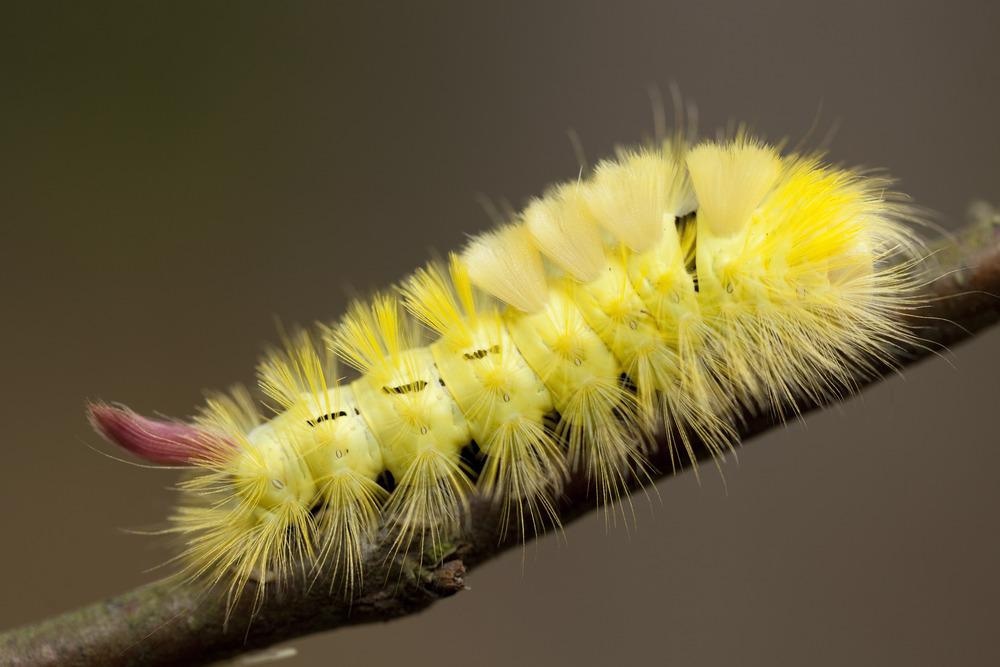Available in press in Chemical Engineering Journal, scientists have developed a bristle worm-inspired ultra-durable superhydrophobic coating with repairable microstructures and anticorrosion properties.

Study: Bristle worm inspired ultra-durable superhydrophobic coating with repairable microstructures and anti-corrosion/scaling properties. Image Credit: dabjola/Shutterstock.com
Bioinspired Superhydrophobic Coatings
Researchers have developed many materials based on the architecture of natural living objects. For instance, superhydrophobic coatings were first developed based on the lotus effect. This phenomenon attracted the scientific community owing to its perfect non-wetting state.
Incorporation of this property has been invaluable for the development of self-cleaning, anti-corrosion, and anti-icing materials. Artificial superhydrophobic coatings based on the Cassie-Baxter equation, are modified via a rational combination of surface roughness and low surface energy.
Often, the mechanochemical durability of superhydrophobic coating suffers to meet the surface roughness and low surface energy requirements. This is one of the reasons why most of the available artificial superhydrophobic coatings do not retain their superhydrophobicity function when exposed to adverse conditions for a prolonged period.
Scientists have devised strategies and formulations, such as the development of self-healing superhydrophobic poly(dimethylsiloxane)/n-nonadecane wax composite surface via surface wax regeneration, to overcome the aforementioned shortcoming of superhydrophobic coatings.
In another study, researchers devised an eco-friendly method to develop superhydrophobic aluminium alloy surface coating with outstanding self-healing performance.
Even though several studies have demonstrated that the durability of superhydrophobic surfaces could be enhanced by inserting self-healing function, there remains a possibility of failure once the micro/nanostructures are destroyed. This could cause irreversible loss of superhydrophobicity.
Scientists have indicated that very few studies have documented superhydrophobic coatings with repairable microstructures.
What is an Expandable Graphite?
The perfect p-p conjugated regions of expandable graphite (EAG) enable its exponential expansion via thermal treatment, which produces expanded graphite (EG).
EAG has been widely applied due to its highly selective absorption, large specific surface area, self-lubrication, and compression-resilience properties. This material has been used to improve the thermal conductivity of epoxy coatings, mechanical anti-wear property of polyetherimide composite, and flame retardancy of polyurethane foams.
Scientists believe that EAG could be used to develop superhydrophobic coatings with repairable microstructures against physical damages.
Development of an Ultra-durable Superhydrophobic Coating - A New Study
Previous studies have stated that fluorinated elastic materials provide low surface energy, and create elastic micro-supports during the abrasion process. Therefore, scientists have recently combined EAG and fluorinated elastic materials to design durable superhydrophobic coatings with a consistent damage-healing property.
This study has been inspired by Calliteara pudibunda, which is a highly elastic organism. The research team utilized EAG and elastic fluororubber to create an ultra-durable superhydrophobic polyphenylene sulfide (PPS) composite coating with repairable microstructures.
In this study, the hydrophobic EAG@SiO2 composite nanoparticles were fabricated using perfluoro-decyl trichlorosilane (PFTS) via the sol-gel method. This technique enables thermal expansion of the material to form abundant micro/nanostructures for superhydrophobicity with a water contact angle (WCA) of 154±1.2° and sliding angle (SA) of 3±0.5°.
The fluororubber resin (FKM) acts as an elastic micro-support, which enhances the resistance power of the coatings to bear and repair mechanical damage.
Researchers explained that the dual property of the constituents, i.e., thermal expansion of EAG@SiO2 and the compression resilience of FKM, can uphold its superhydrophobicity even after 2000 abrasion cycles under 125 kPa as well as repair the damaged micro/nanostructures.
Additionally, the PPS composite imparts great anti-corrosion and anti-scaling properties in high salinity oil/water emulsion. This is because of the stereo-hindrance effect and the lubricant film shielding effect imparted as a result of an inherent oleophilic property of EAG@SiO2 and FKM.
This composite material exhibits significant anti-scaling properties (extremely low CaCO3 deposition of 0.033 mg/cm2). Importantly, the newly created coating material also possesses characteristic self-cleaning and anti-fouling properties to diatomite or glutinous slurry, and this could be extremely beneficial during outdoor application.
The composite coating showed exceptional chemical durability after being immersed in a strong acid/alkaline solution for seven days. This is due to the shielding effect of the air film trapped in the worm-like nano/microstructures.
However, scientists reported that compared to alkaline conditions, the newly created superhydrophobic PPS/FKM/EG@SiO2 coating is more suitable for the acidic environment in practical applications.
Conclusion
Researchers developed a highly durable superhydrophobic PPS/FKM/EG@SiO2 coating with repairable microstructures to improve its mechanical durability. They were inspired by elastic microstructures of bristle worms.
In this study, researchers created EG@SiO2 nano/microstructures on the surface of the coating, using the thermal expansion of EAG@SiO2 during the thermal treatment. They also incorporated elastic FKM powders to provide self-repairable quality to the coating.
This multifunctional composite coating has wide-ranging application potential due to its ability to withstand harsh conditions.
Reference
Liu, Z. et al. (2022) Bristle worm inspired ultra-durable superhydrophobic coating with repairable microstructures and anti-corrosion/scaling properties. Chemical Engineering Journal. https://www.sciencedirect.com/science/article/pii/S138589472200777X?via%3Dihub
Disclaimer: The views expressed here are those of the author expressed in their private capacity and do not necessarily represent the views of AZoM.com Limited T/A AZoNetwork the owner and operator of this website. This disclaimer forms part of the Terms and conditions of use of this website.